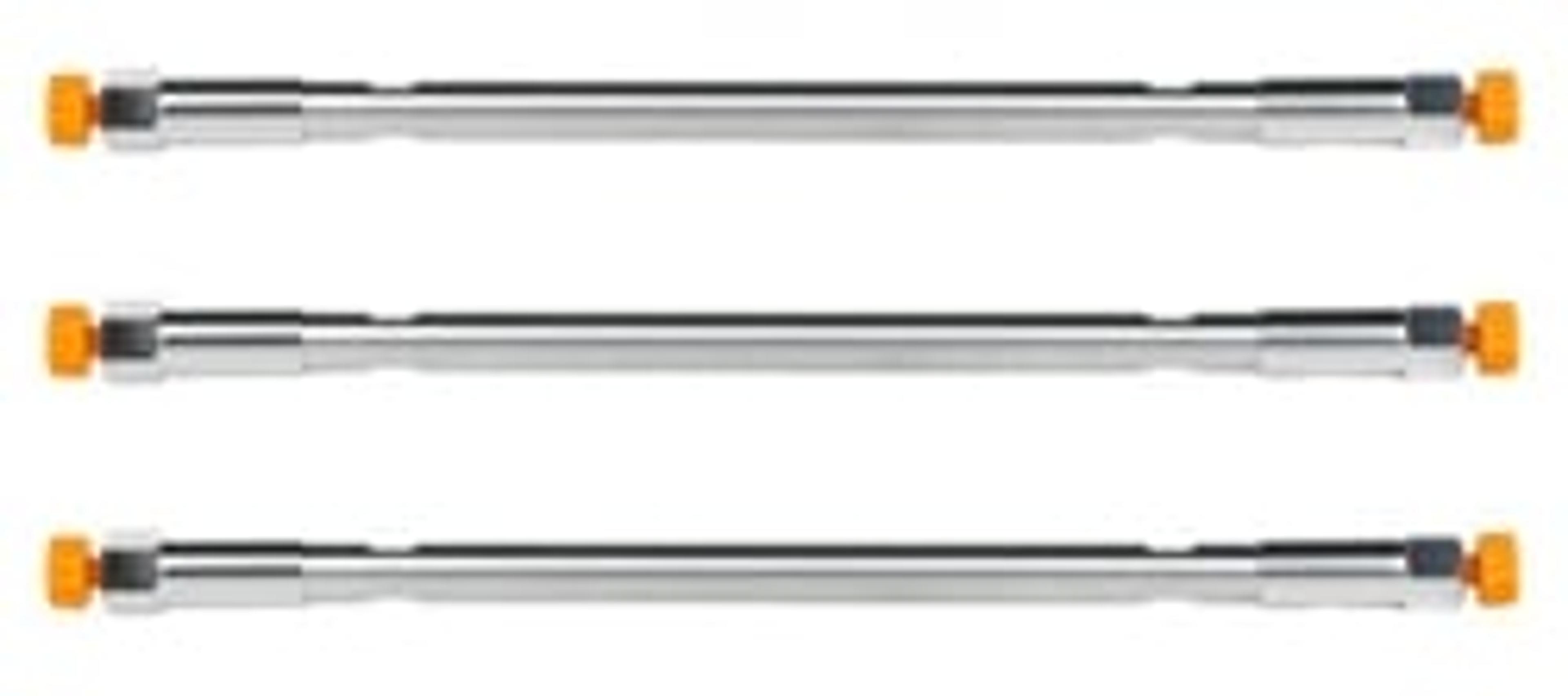Detecting the Active Ingredients in Cannabis – An Interview with Andrew Dadson, General Manager, Diamond Analytics
6 Aug 2014
The use of cannabis for medicinal purposes is increasing, with many states in the US now legalizing marijuana for such uses. SelectScience’s Dr Lois Manton spoke to Andrew Dadson, from Diamond Analytics, about the development of new nano-diamond FLARE columns, used in the separation and testing of cannabinoids in cannabis testing labs.
What is a Cannabinoid?
"Cannabinoids are a diverse group of compounds that are present in the cannabis plant (also known as Cannabis sativa),” says Andrew. “The broader definition of cannabinoids refers to a group of substances that are structurally related to tetrahydrocannabinol (THC), or that bind to cannabinoid receptors. THC is the primary psychoactive ingredient of cannabis, which is responsible of producing a euphoric feeling or ‘high’ during use."
"Gas Chromatography (GC) is commonly used for the analysis of cannabis samples, e.g., in forensic chemistry and in quality control applications. However, as this method is based on sample heating, acidic forms of cannabinoids are decarboxylated into their neutral counterparts. Further, GC is only applicable to samples that are volatile or can be volatilized through derivatization."
Separating Cannabinoids
"Diamond Analytics has developed a method for separating these compounds quickly and effectively using High Performance Liquid Chromatography (HPLC). HPLC, unlike GC, permits the determination of the original composition of plant cannabinoids by direct analysis. Several HPLC methods have been described in scientific literature, but most current methods fail to separate the cannabinoid mixtures efficiently. By utilizing innovative HPLC column technology (such as Diamond Analytics’ FLARE columns) with a simple, fast and accurate UV detection method, quantification of major neutral and acidic cannabinoids can be identified. FLARE columns have unique selectivity, are pH stabile, and can run at elevated temperatures. They also provide increased longevity, without compromising efficiency. FLARE columns can be regenerated for repeat use – leading to a longer, more productive life and increased total cost savings."
The major advantages of diamond, relative to silica, include:
- Different selectivity
- pH stability from 1-13
- Temperature stability up to 100 °C
- Compatible with 100% aqueous to 100% organic solvents
- Proprietary layer-by-layer manufacturing process to make superficially porous particles
"Ultimately, it is the selectivity that the FLARE column provides that draws most customers to buy and use it. The unique characteristics of the support allow for flexibility in methods development."
Legalized Cannabis
"The Diamond Analytics FLARE column technology offers specific application in quality control of cannabis for medicinal and recreational use. Cannabis testing laboratories – which examine samples for potency and purity – are opening across multiple states. For example, Colorado and Washington State recently legalized marijuana for recreational use, and an additional 20 states and the District of Columbia also allow its use for medicinal purposes."
"Currently, labs test for potency by using HPLC to quantify the amount of tetrahydrocannabinol (THC), cannabidiol (CBD), and several other cannabinoids and terpenoids in their samples. These labs look for these compounds in dried marijuana plants and other products, such as food and personal care products that have been infused with cannabis extracts. Potency is a prime concern for medical marijuana patients. They want to make sure they are using the right cannabinoids in safe quantities."
"We have developed a new technology based on the FLARE column, which allows for rapid and efficient separation of cannabinoids and other related compounds associated with cannabis extracts."
Quality Control
"HPLC, the gold standard in pharmaceutical testing, can be used to evaluate cannabinoid levels in samples. The technique developed in our lab offers the selectivity, accuracy, and reliability to distinguish all the important cannabinoids. Any compound that could be used as a medication needs an HPLC method. A column is the heart of any HPLC method and our FLARE column is a vital part of the method. The FLARE column’s unique properties make it a useful and innovative new tool for the pharmaceutical industry. Most pharmaceutical companies depend on durable and reproducible columns for their analytical work. The FLARE technology satisfies that criteria."
Future Technology
"Our goal is to continue to develop new technologies on the FLARE platform. New phases will allow us to separate and analyze newer classes of compounds. We also intend to look at smaller particle sizes for UHPLC applications and larger particle sizes for preparatory applications. Because of its robustness, in the near future, we intend to explore how the column does with direct injection of plasma, serum and so forth. We see a number of different analytical methods and procedures that the column will be particularly suitable for in the near future."

